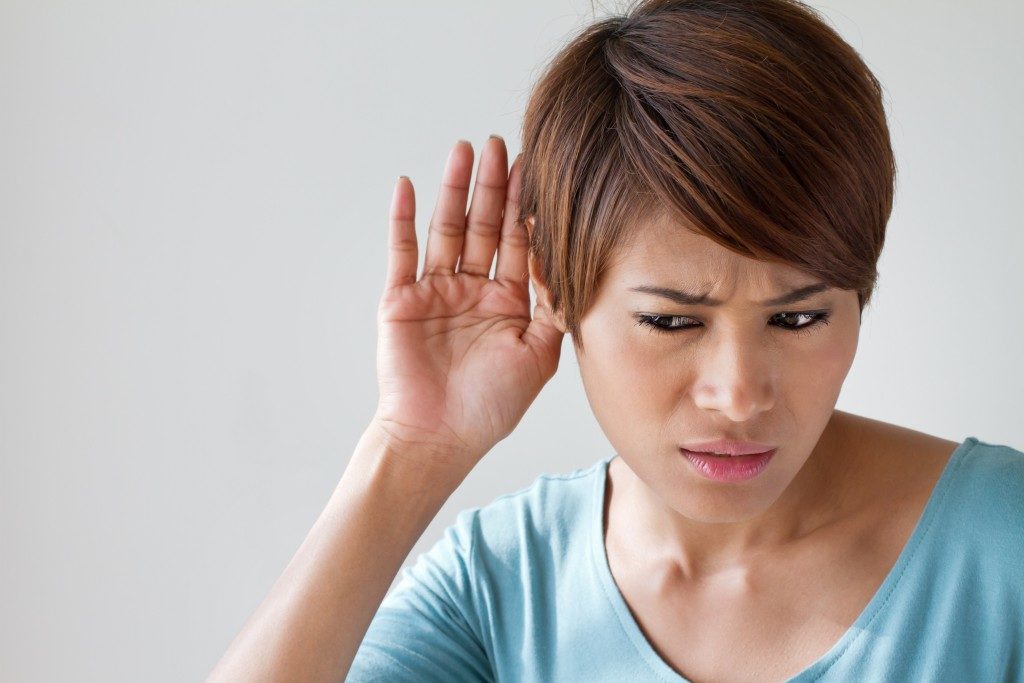Disability has many faces. In Australia, more than 4 million have a disability, according to the Australian Network on Disability (AND). About 30,000 of them have total hearing loss.
Usually, a person can become deaf due to an illness, congenital disability, or injury. In some cases, it might be because of their workplace. A good example is noise.
Noise in the Work Environment
Workplace noise can come in different forms. If you’re in the construction industry, you have jackhammers, excavators, blasting jobs, and a whole lot of moving equipment.
If you run factories or warehouses, air-conditioning units can vibrate due to the moveable parts, and they can produce excessive noise all day long. It’s why businesses should invest in anti-vibration hardware, which is an AC duct supply.
Regardless of the kind of noise, one thing is clear: many employees have to deal with it and its consequences.
In a survey by Curtin University among 5,000 workers, the researchers learned that 20% of male workers experienced noise beyond the recommended occupational limit. This limit depends on the territory.
In Western Australia, the acceptable threshold in workplace noise is 85 decibels. It means the sound should not be louder than a hand drill, which is about 98 decibels. The sound of a motorcycle engine is even noisier at 95 decibels.
Research also showed that a sound that is above 85 decibels could pose the risk of hearing loss, especially if the reason is prolonged exposure.

The Effects of Hearing Loss
Hearing loss can affect both the employees and the business in many ways. For one, it is a costly disability. A 2017 report by the Hearing Care Industry Association showed that total spending was nearly $16 billion.
About $881 million are direct healthcare costs, while $141.6 million are indirect spending. Loss of hearing also led to productivity losses of more than $12 billion.
People hard of hearing might have to wear hearing aids, and these are not cheap devices. The primary type can already cost $1,000. If the loss affects both ears, then the person pays twice the amount.
Private insurance can cover the cost, but depending on the model, the employee might still need to pay a portion out of pocket. The coverage can also limit the number of claims, so they cannot replace their devices at any time.
Hearing aids are small and portable, and therefore, they are prone to damage and loss. Some insurance policies won’t cover for the replacement. It explains why some providers now offer alternative or damage insurance.
Worse, those who are hard of hearing or deaf usually have employment issues. A 2016 research shared this group are more likely to be unemployed or underemployed. They might also have lower educational attainment. Those who can successfully enter the workforce might still struggle due to lack of accessibility.
Noise in the workplace is common, but it doesn’t need to be acceptable. It can endanger the health and well-being of employees, as well as affect business productivity and efficiency. It also increases health care burden.

